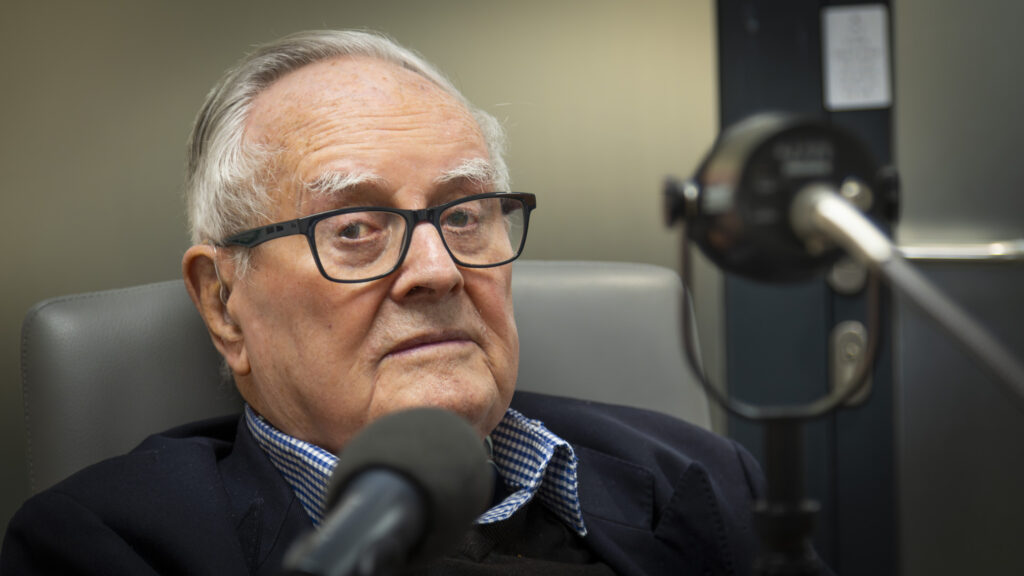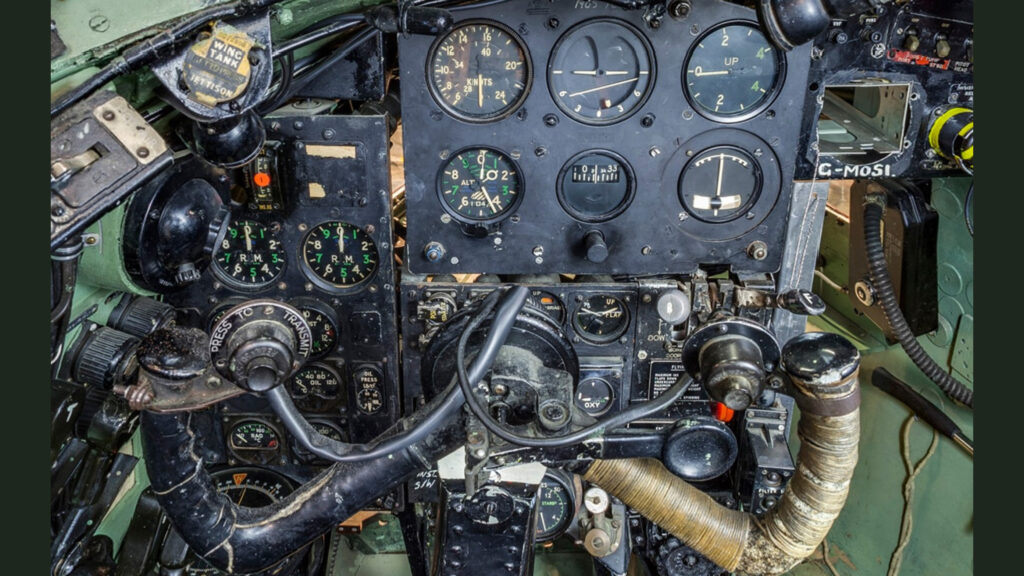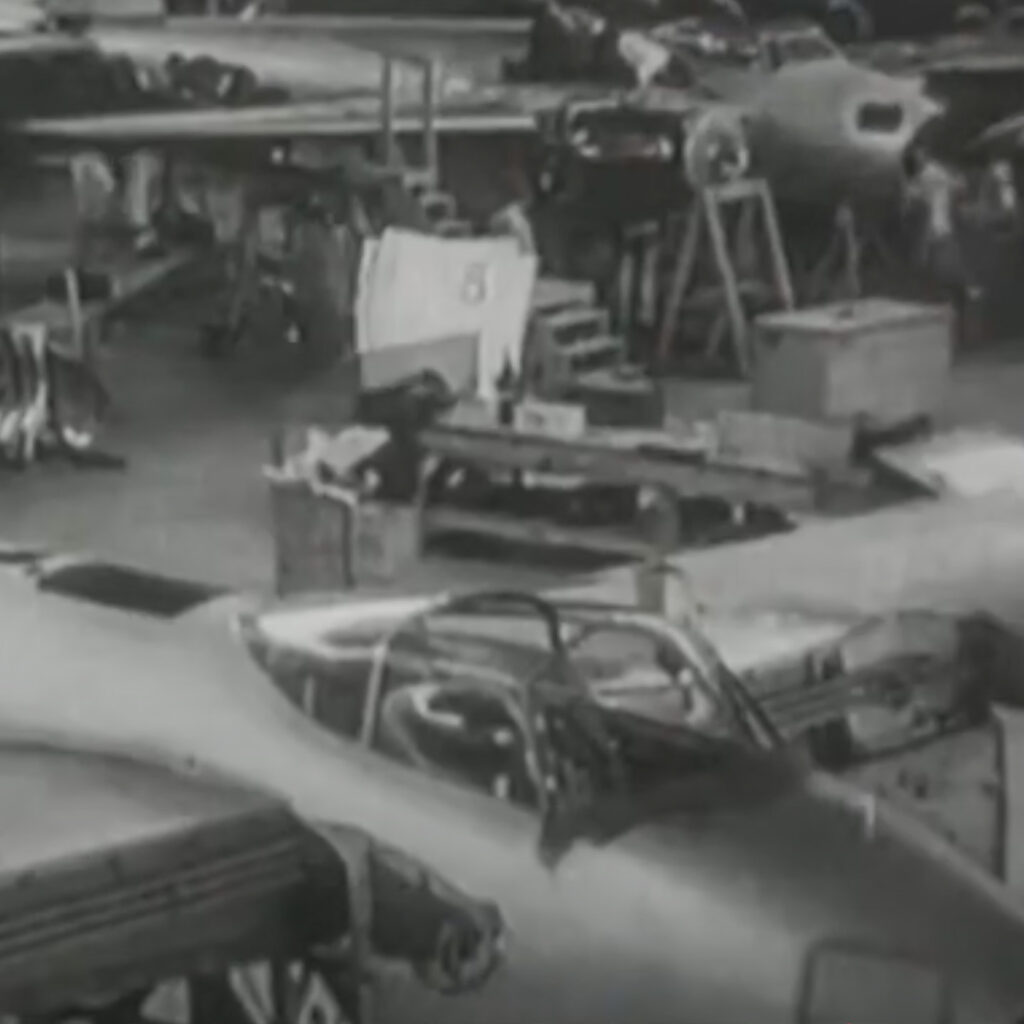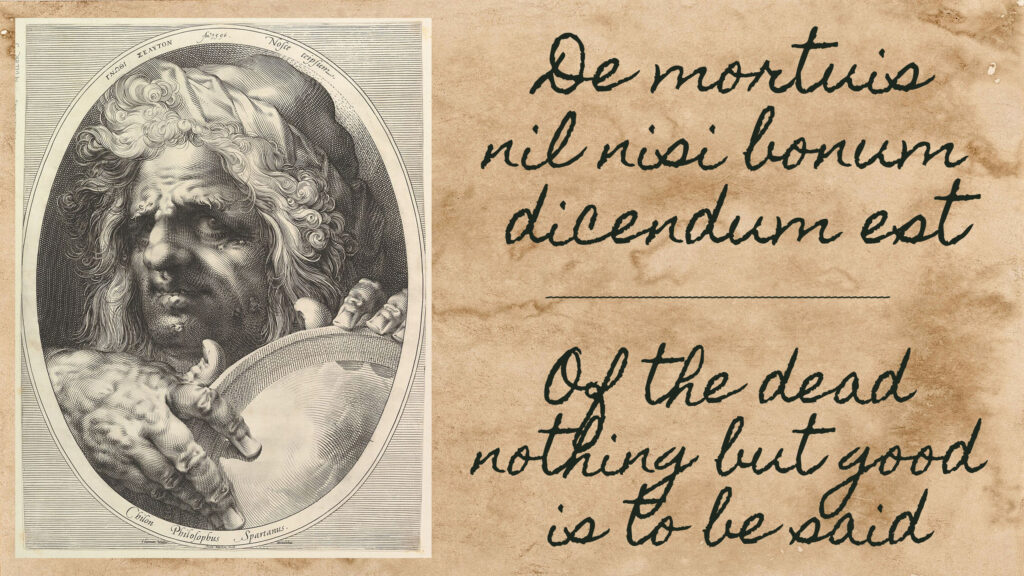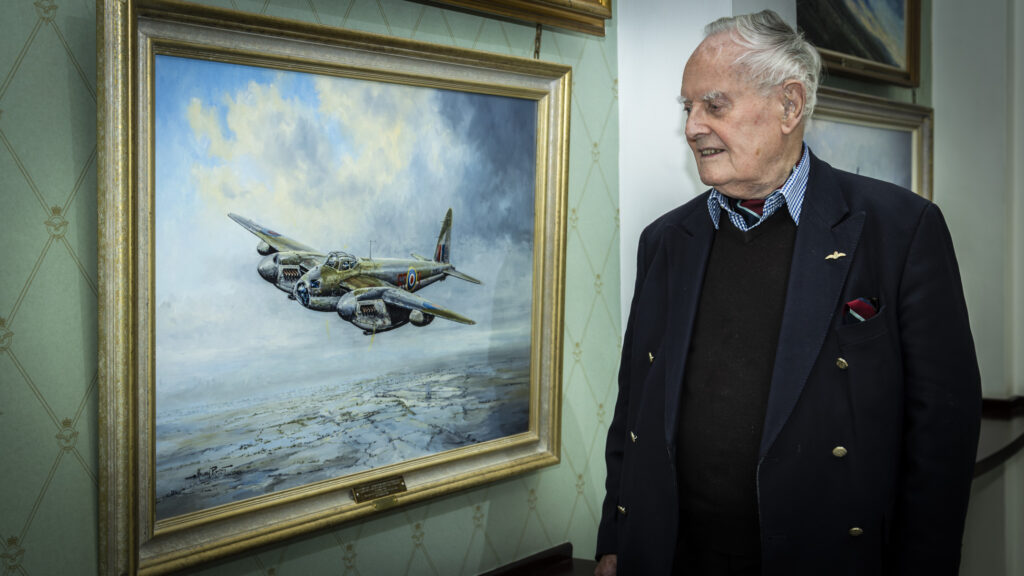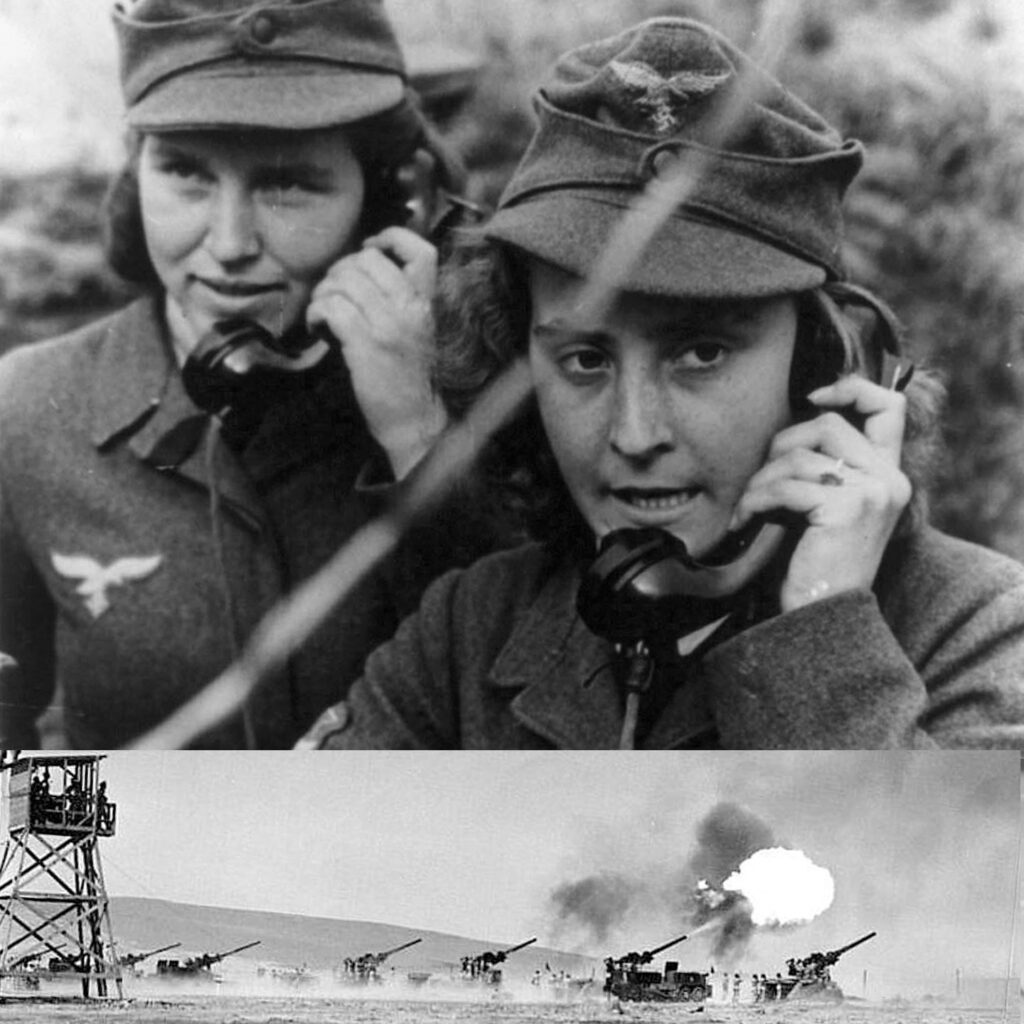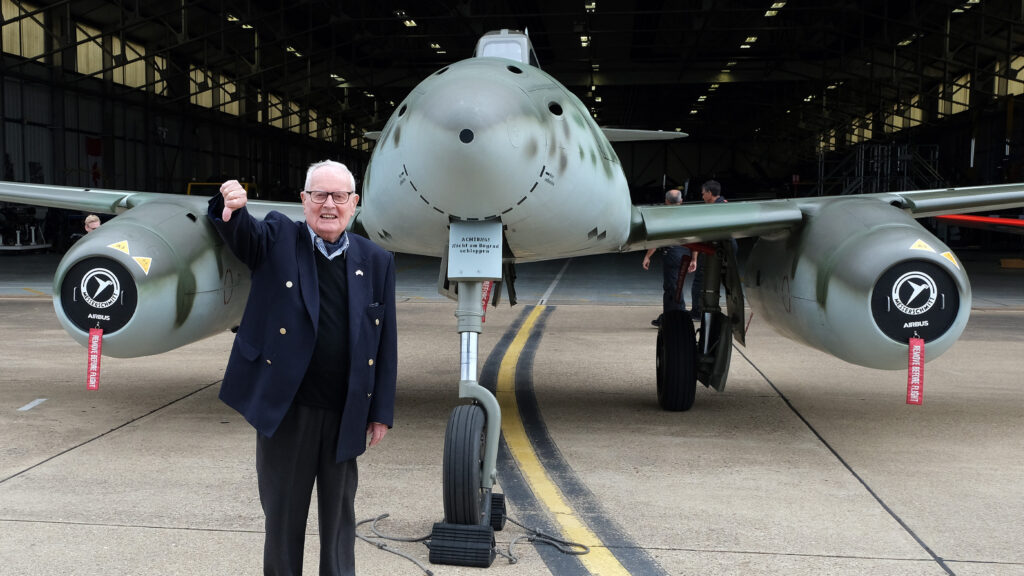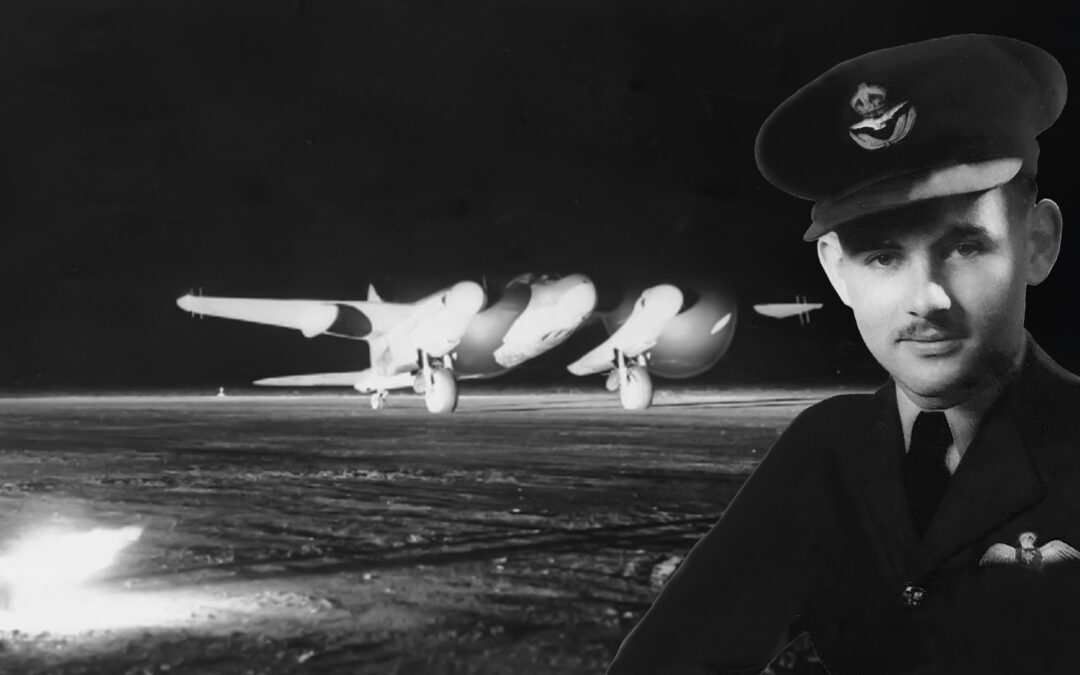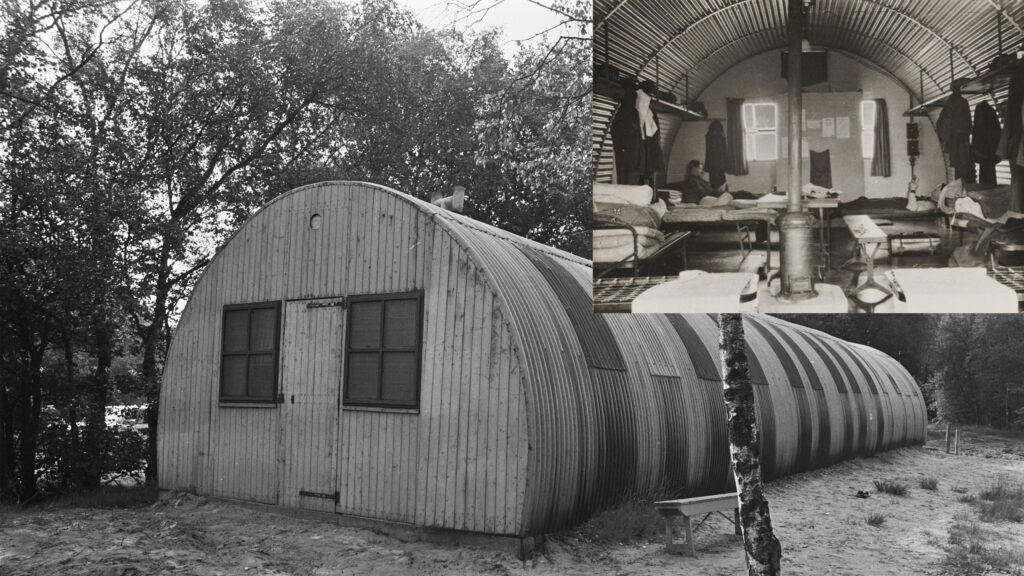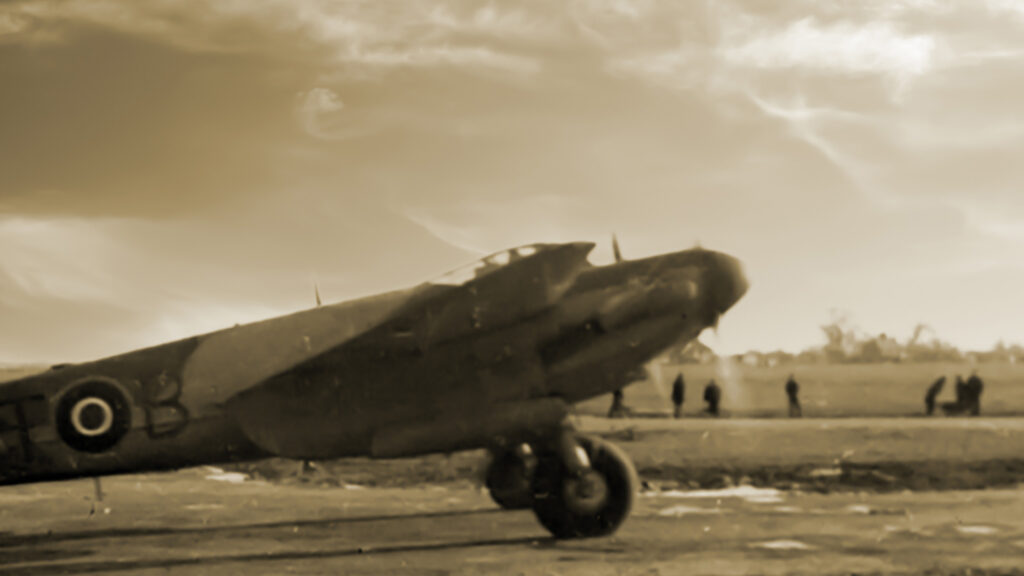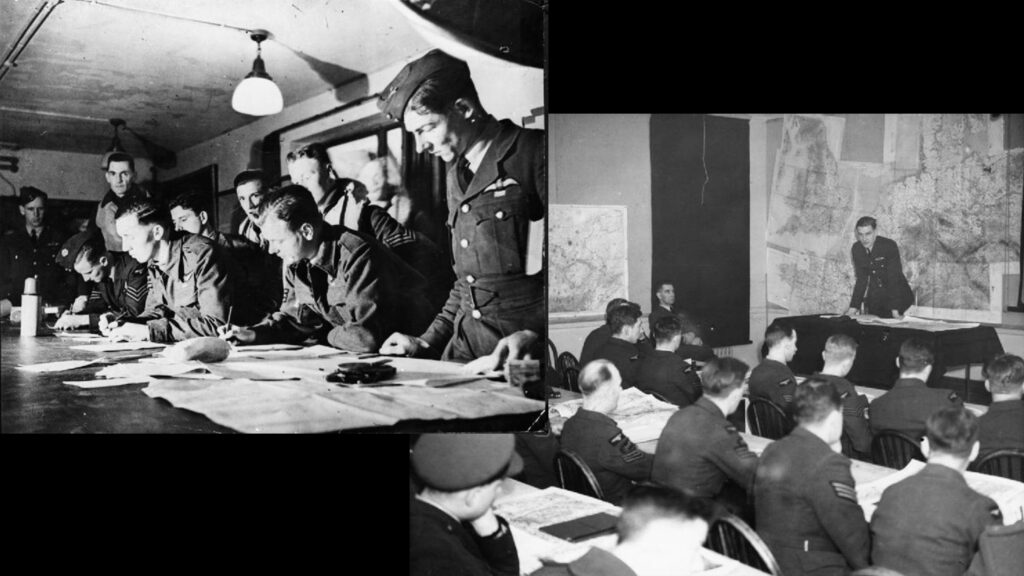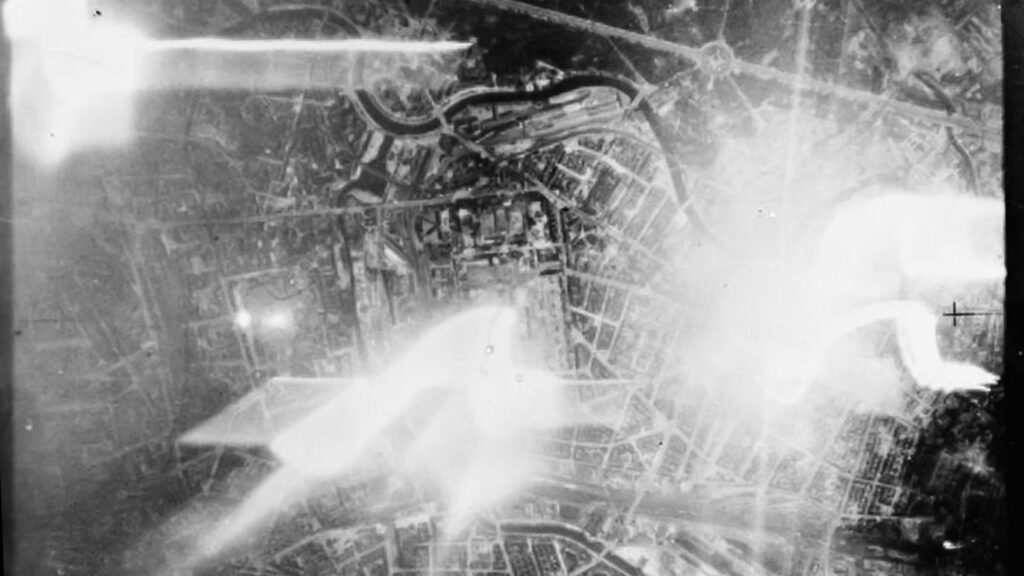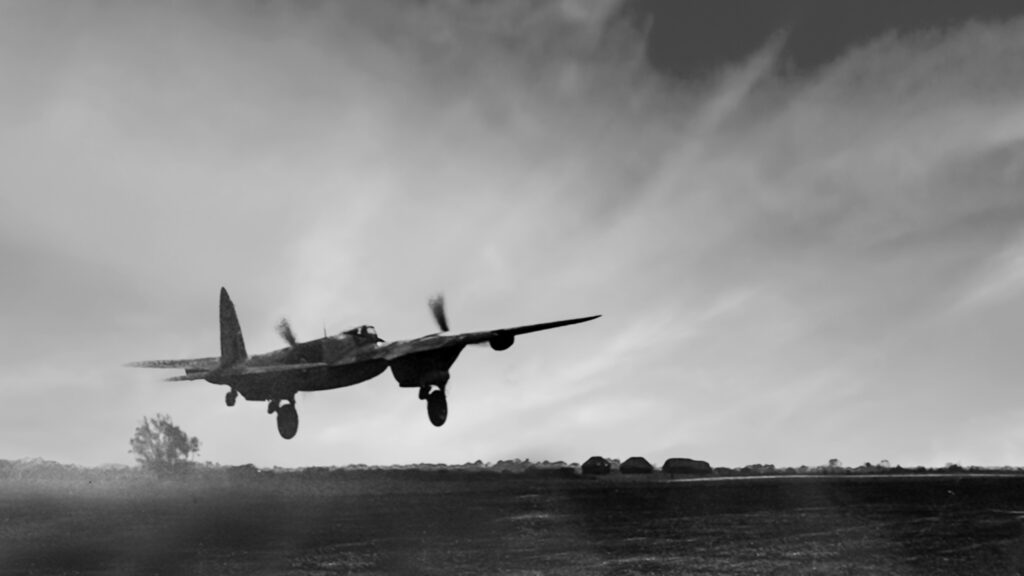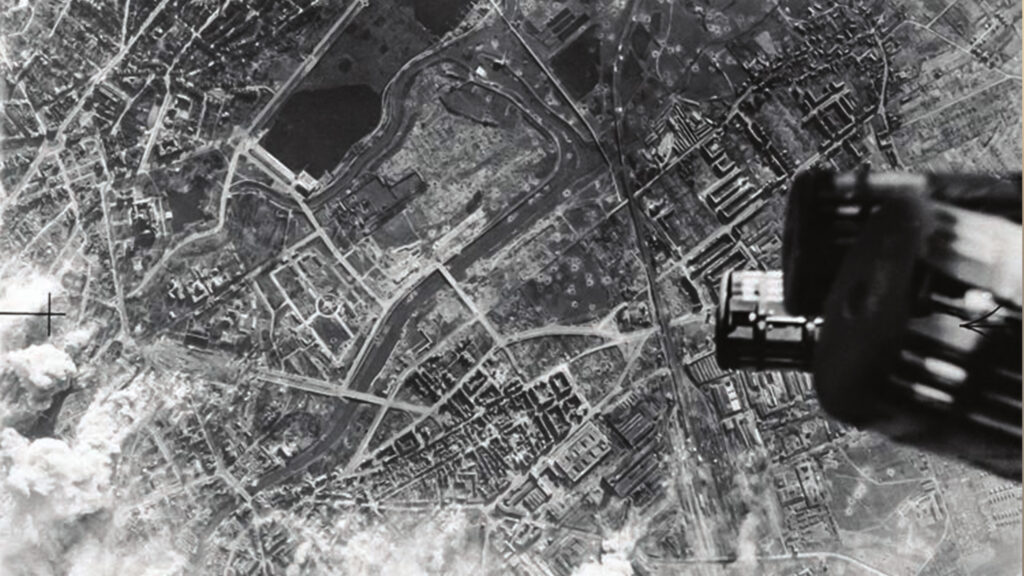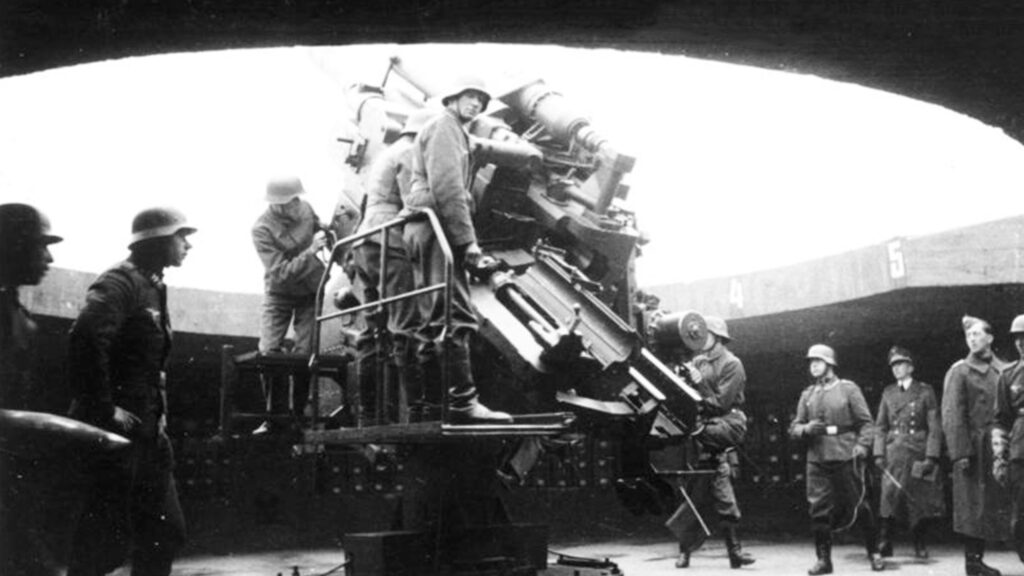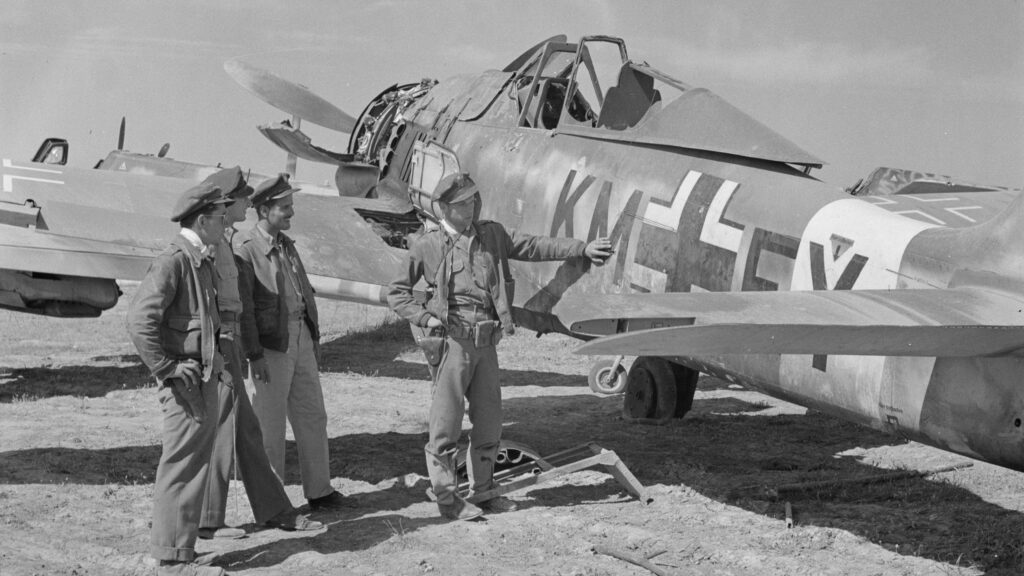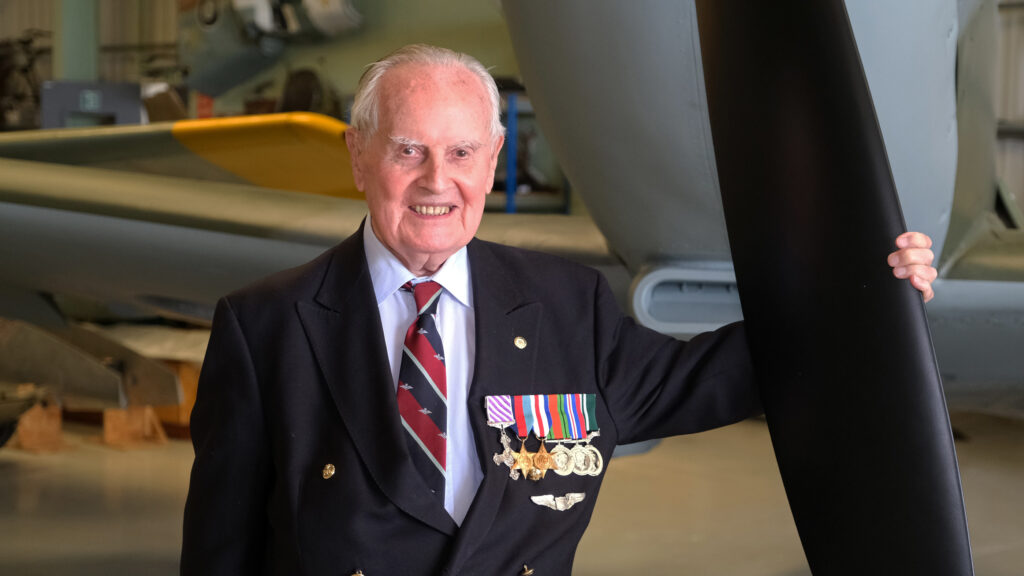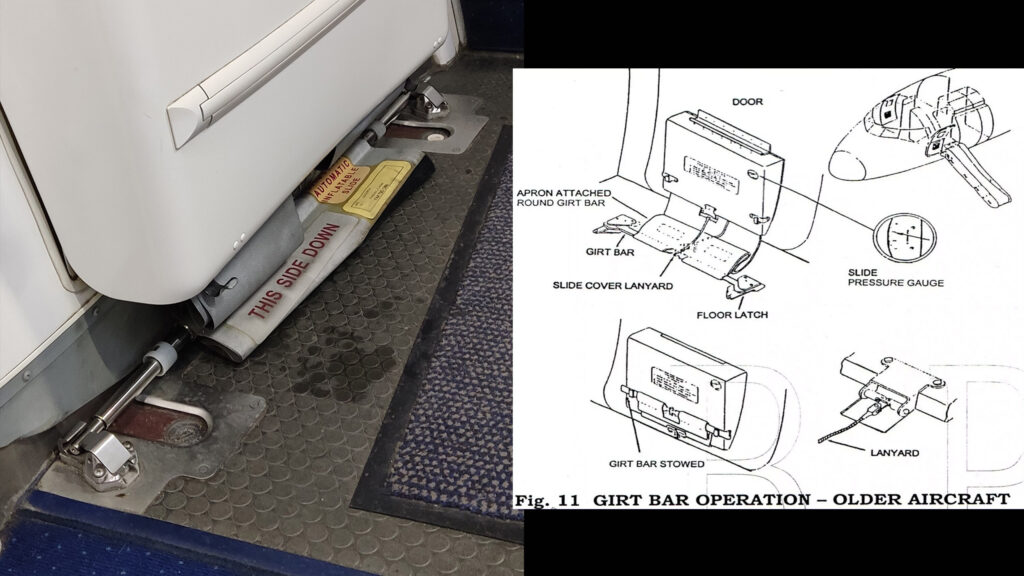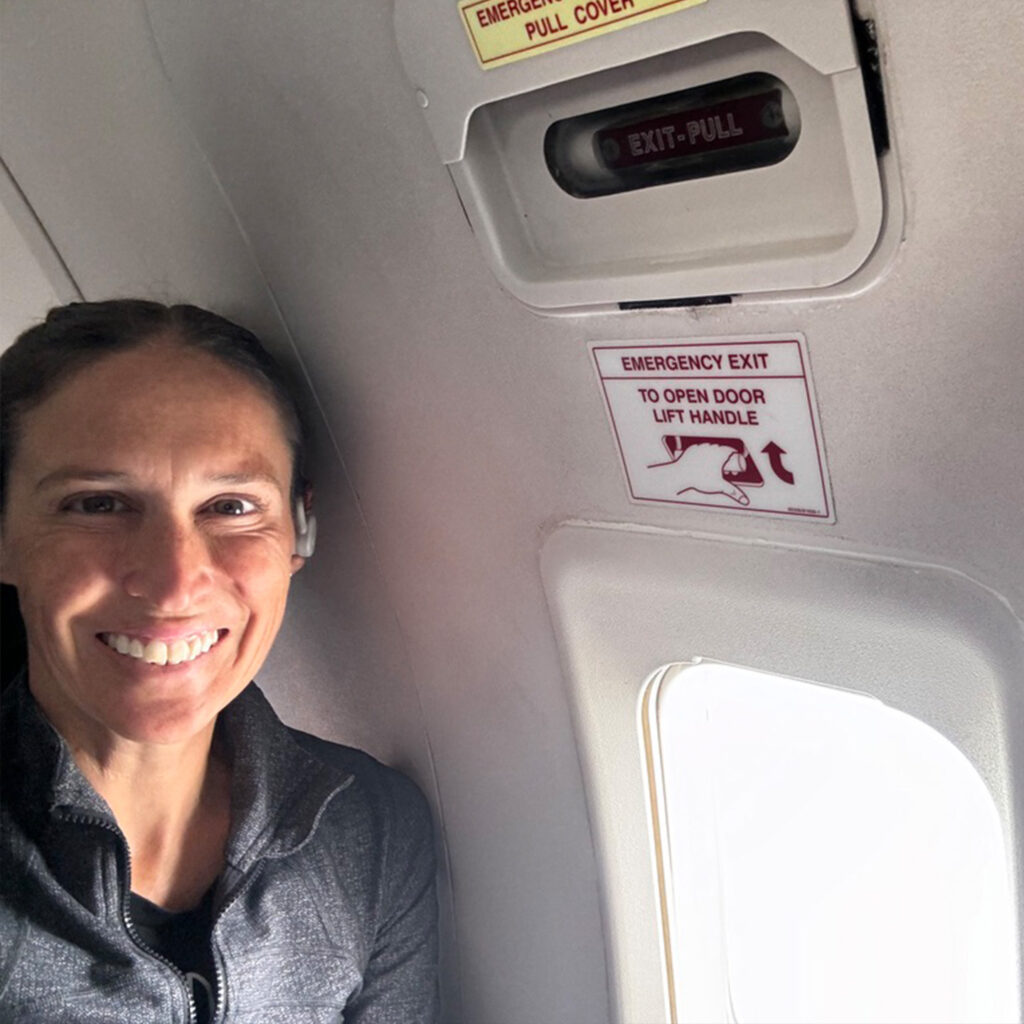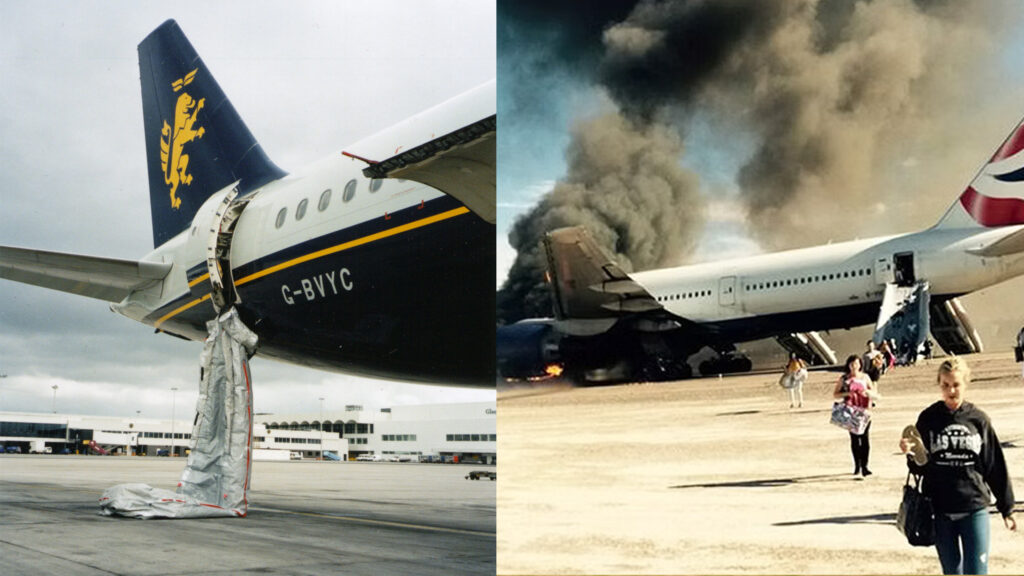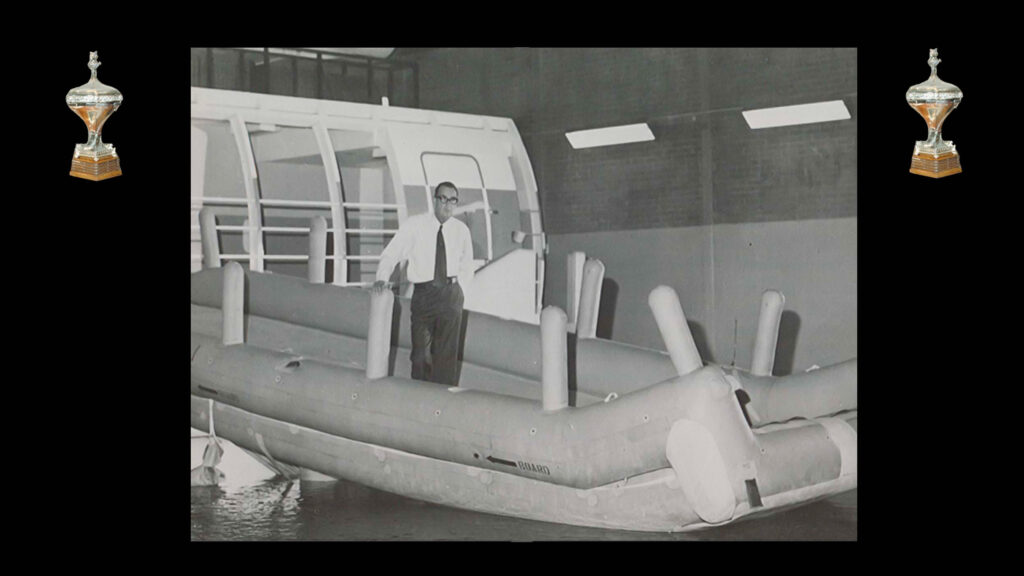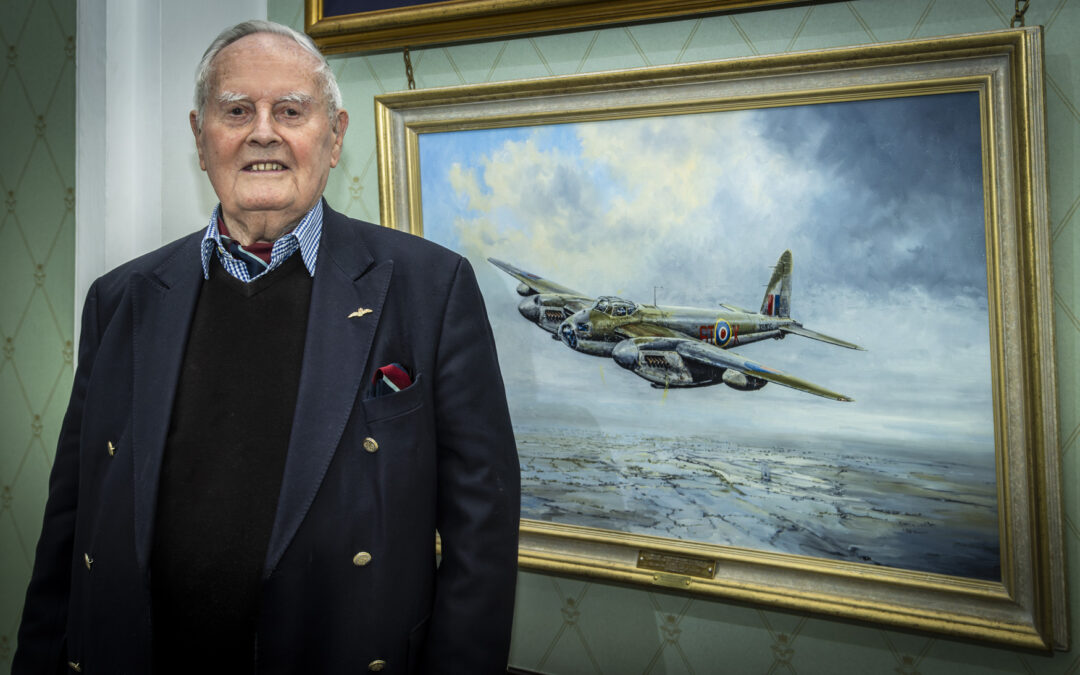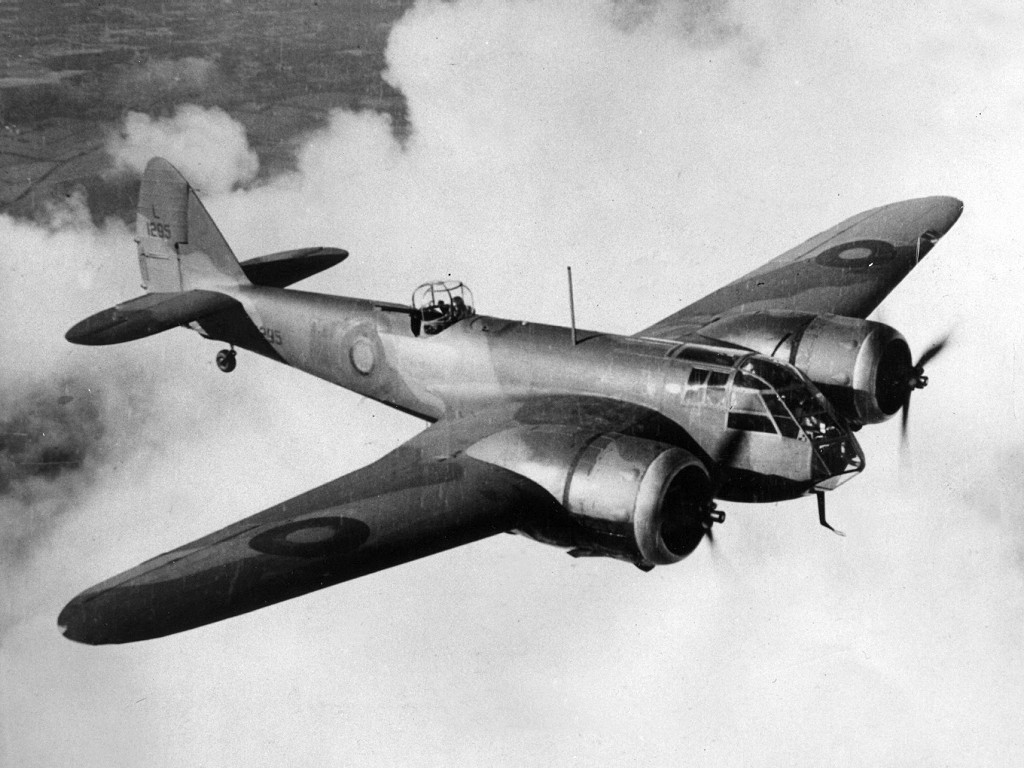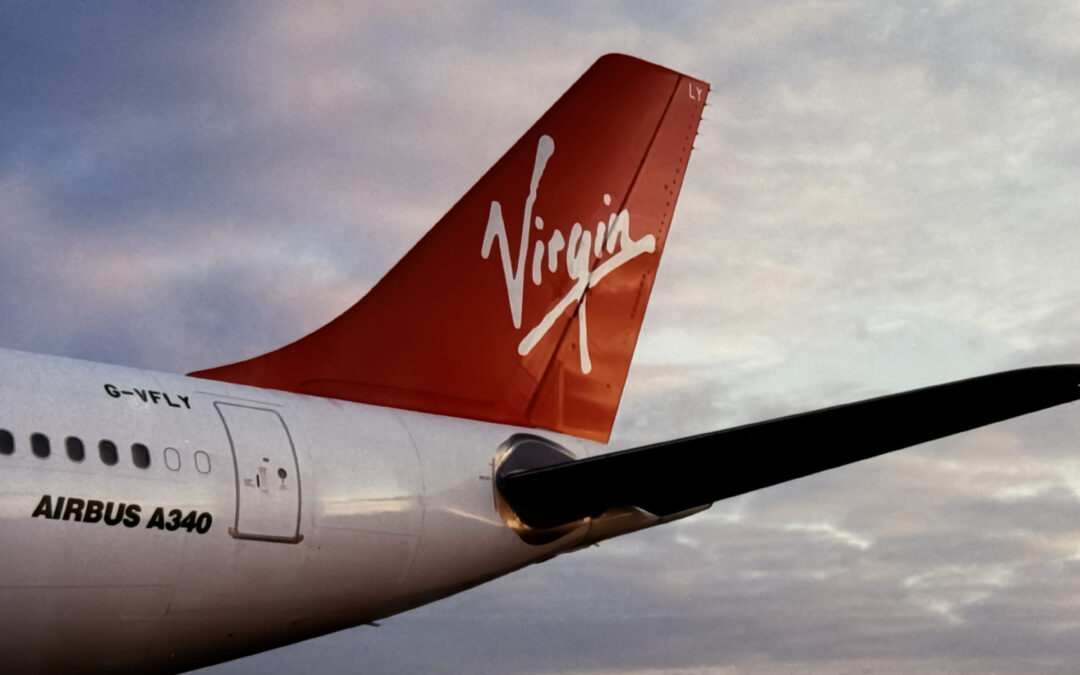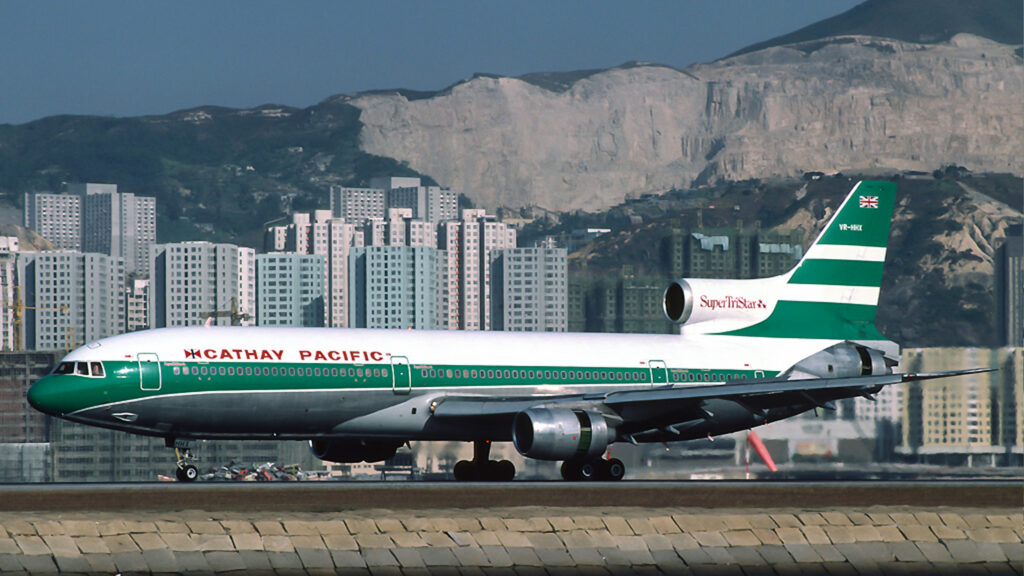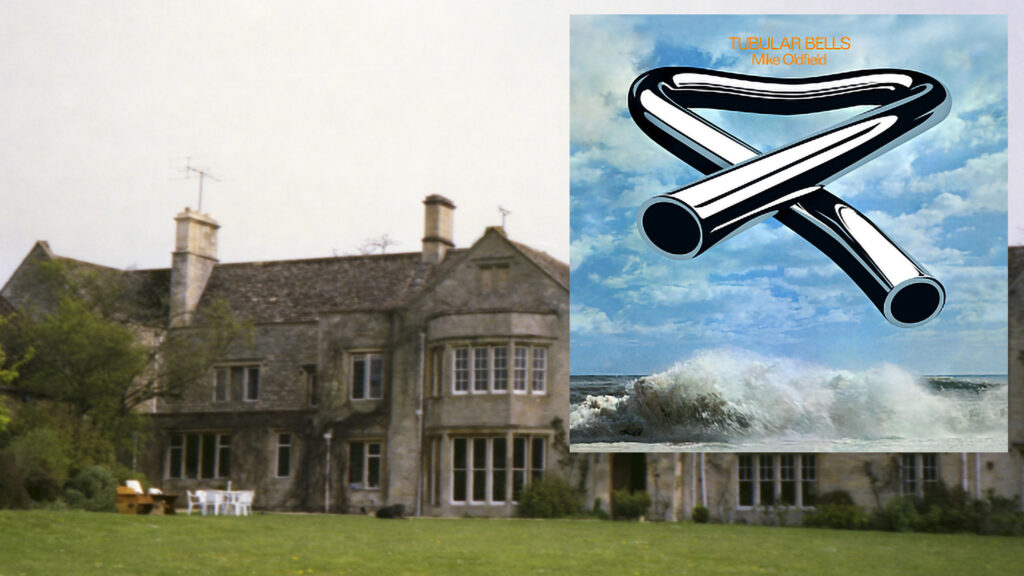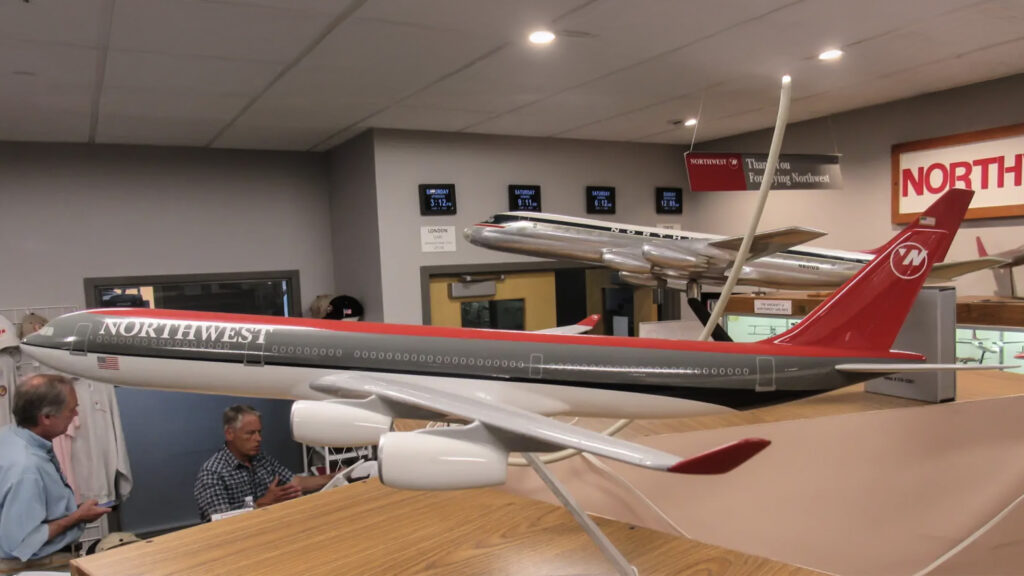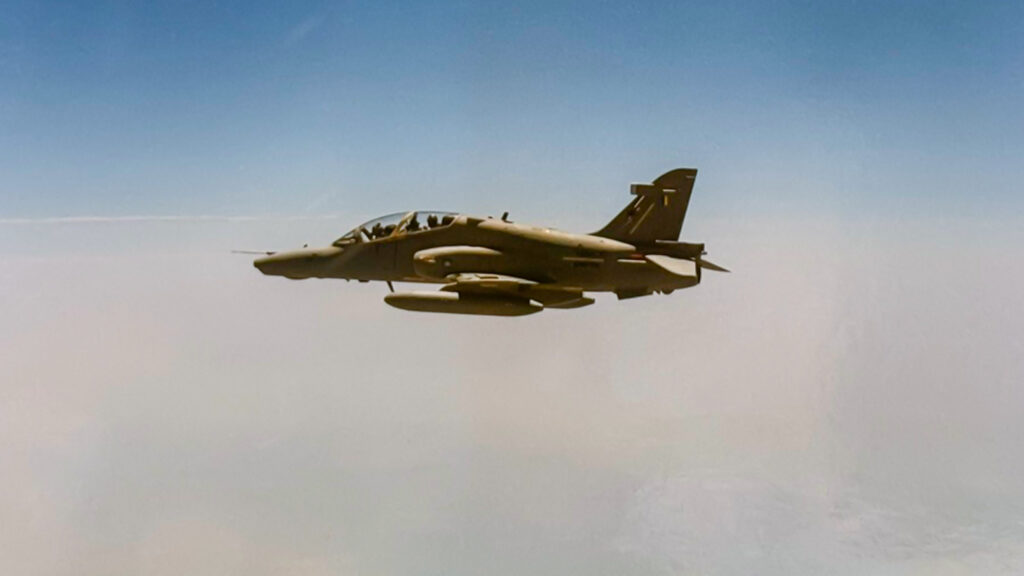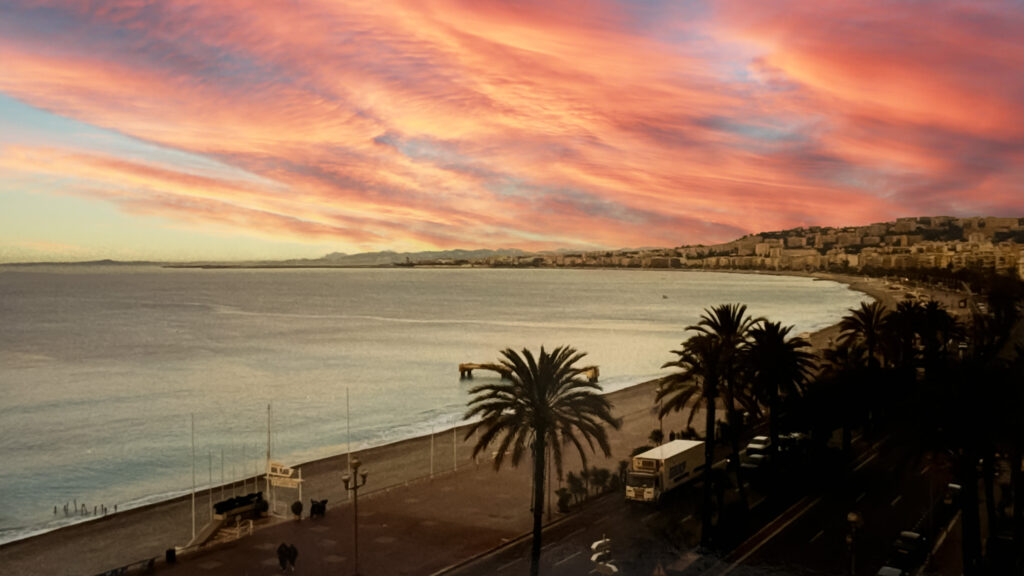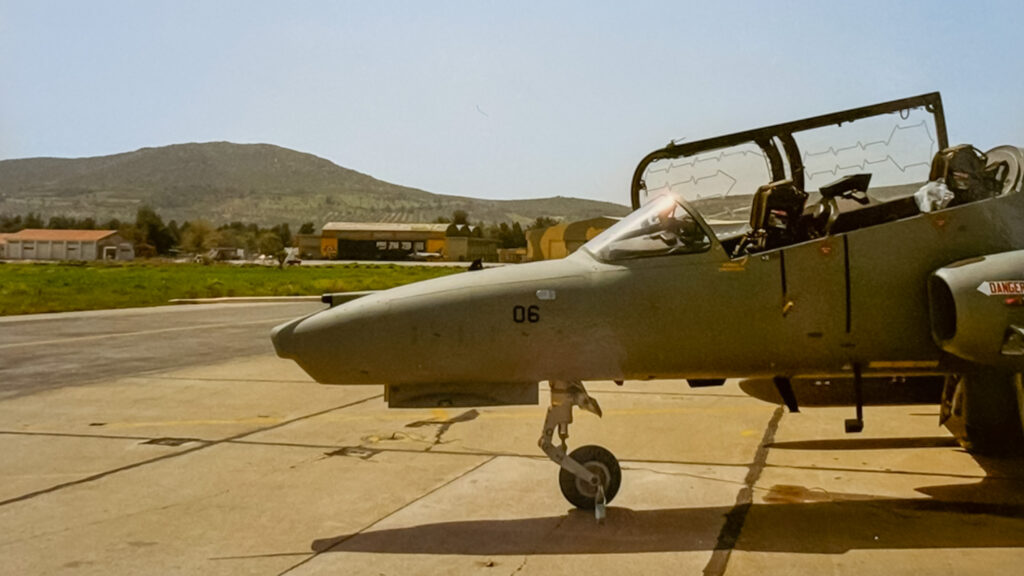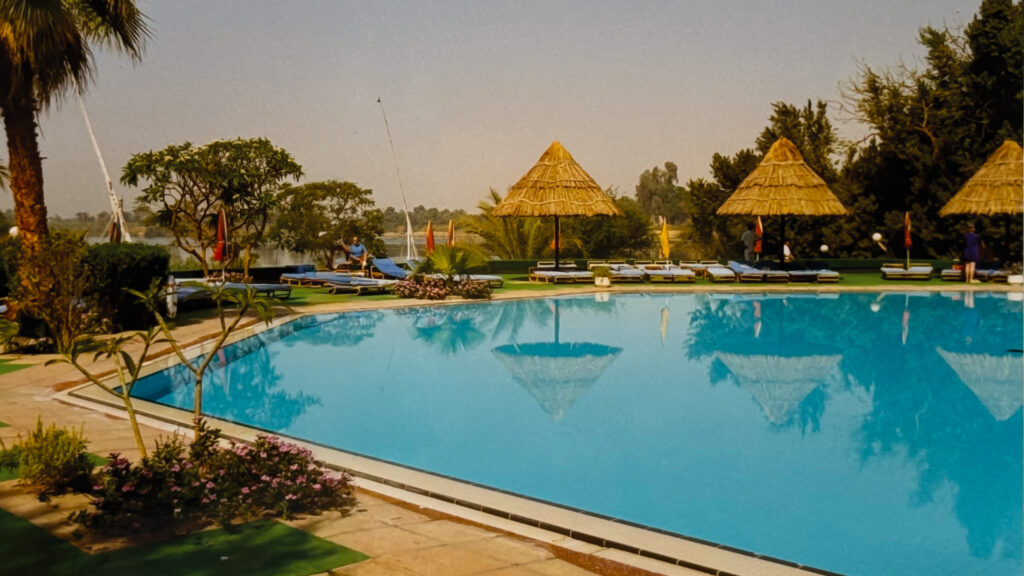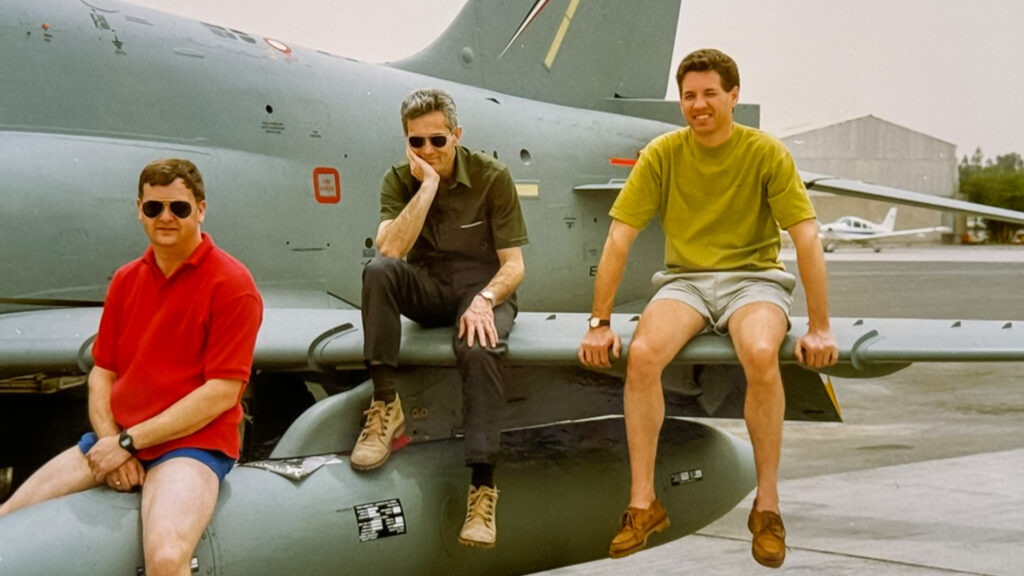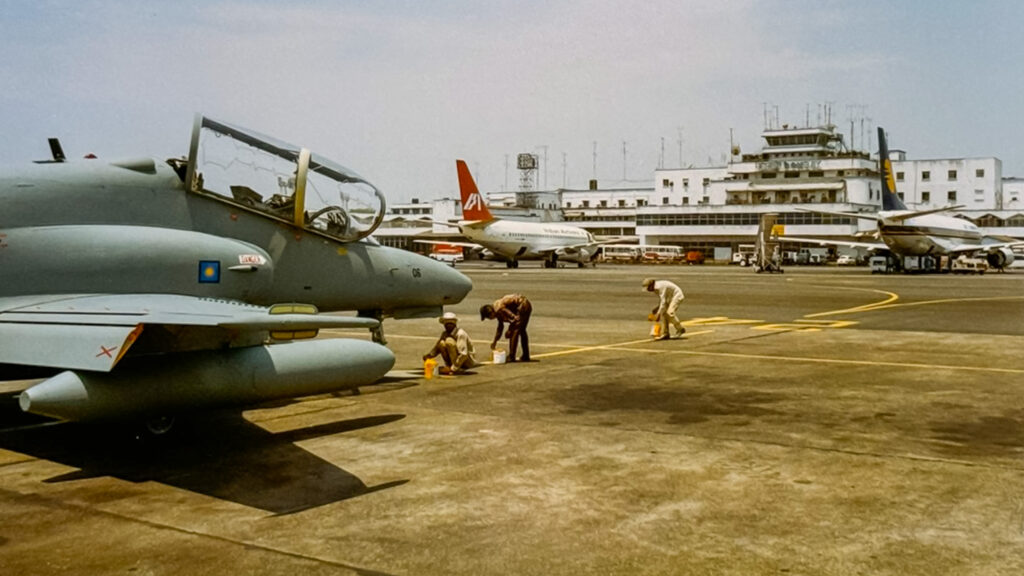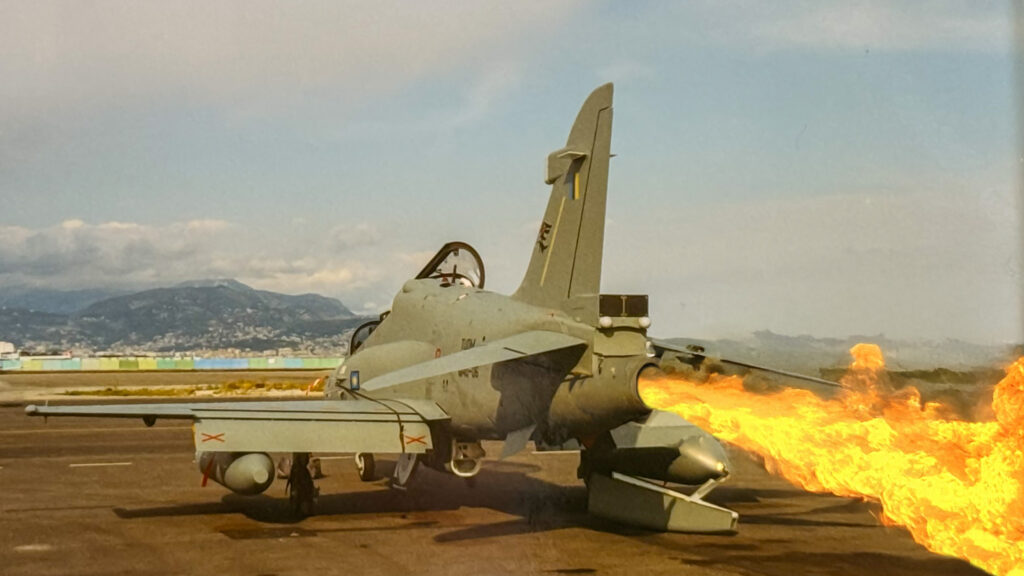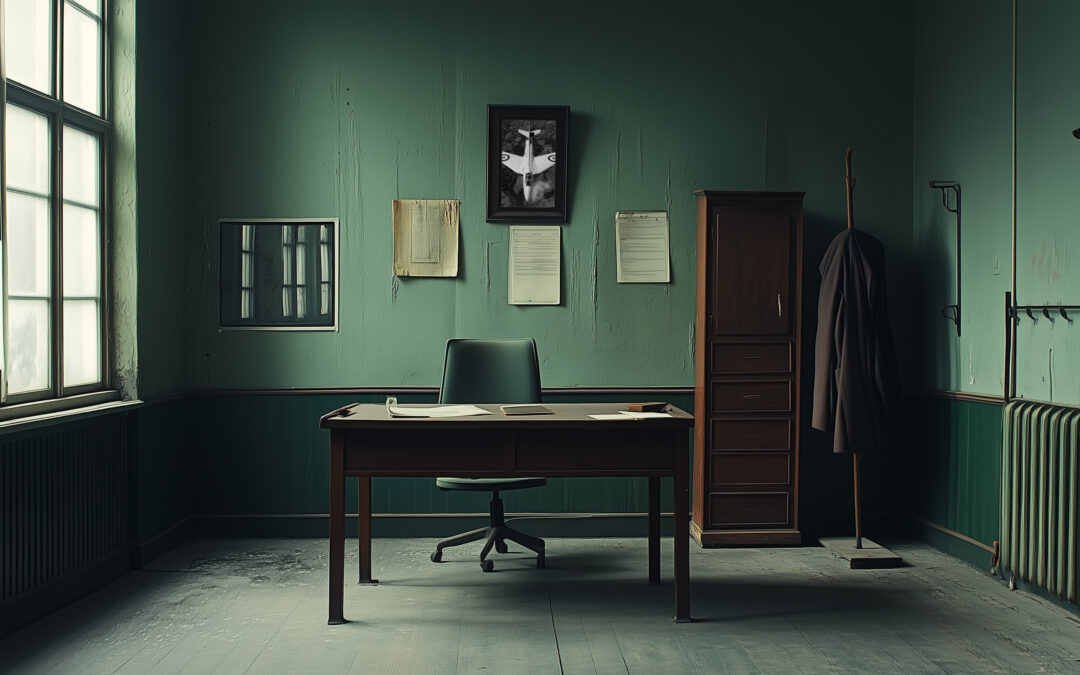
by Nick Anderson | Jan 24, 2025 | Plane Tales
Podcast (pt): Download
Colin will be visiting California in a few weeks and will speak at the Voices of Valor Gala Dinner, A Tribute to the Greatest Generation, to be held at the Palm Springs Air Museum California Gala Dinner on the 8th of February 2025. https://palmspringsairmuseum.org/gala/

Colin Bell telling us his story

The cockpit of a Mosquito

The Canadian Mosquito factory at Downsview, near Toronto, Ontario

RAF bomber crews eating their traditional breakfast after a mission

One of Chilon of Sparta’s famous quotes

Colin beside a painting of his Mosquito

Female German Army personnel and an AA gun battery

The dreaded white light indicating the presence of a Luftwaffe Me262 night fighter

Colin standing by an Me262 jet fighter showing us what he thought of being chased by one

The book of their exploits written by Colin’s navigator’s son
Images shown under a Creative Commons licence with thanks to Fotoafdrukken Koninklijke Luchtmacht, the Royal Air Force, the IWM and images in the Public Domain.

by Nick Anderson | Dec 27, 2024 | Plane Tales
Podcast (pt): Download
This Tale is a continuation of the interview of World War II pilot Flight Lieutenant Colin Bell DFC. At the age of 103, Colin recalls with perfect clarity what it was like to fly his De Havilland DH 98 Mosquito bomber into action as part of a Pathfinder Squadron. This Tale is the second part of the interview with Colin, the opportunity for which I have to thank my old friend Bob Judson. Having had a high ranking career in the RAF, Bob is now a consultant in the field of psychological, life and executive coaching and has a podcast, Leading 4 Life, which explores leadership in the stories of his own life and those told by his many illustrious guests, such as Colin. Bob was kind enough to allow me to share in this opportunity to interview Colin. If you want to take advantage of Bob’s services or listen to his free podcast then check out his website, here: https://www.leading4life.co.uk/ and his great podcast here: https://www.buzzsprout.com/2227500

The Nissen Hut was wartime emergency accommodation with a single coal burning heater. It was notoriously cold in the winter.

A No 608 Squadron Mosquito, B Baker March, takes off from RAF Downham Market

Bomber Command aircrew mission briefings

RAF Bombers attacking Berlin with Pathfinder flares below them

Most of Colin’s bombing attacks were made as individual aircraft

Colin Bell talking to us during his interview

Hanover under attack from US forces during a daylight raid

Germani Anti Aircraft Artillery

A Mosquito formation

A period description of how OBOE functioned

The bar of the Crown Hotel Downham Market

A Focke Wolf FW190A similar to the type that employed the Wild Boar tactic

Jimmy Stewart who flew the B17 and B24 in operational missions and became a Brigadier General in the USAF

Colin stands beside one of the few remaining Mosquitos
Images shown under a Creative Commons Licence with thanks to Mark Vickers, Colin Bell, the RAF, Bert Verhoeff, the Australian War Memorial collection, the IWM, RAF Bomber Command, German Federal Archives, the USAF and the USAAF.

by Nick Anderson | Dec 27, 2024 | Plane Tales
Podcast (pt): Download
You are sitting in your airliner and the handsome, pretty or in a non-binary sense cute, elegant, lovely or in a non exclusive way charming, fine, interesting or personable flight attendant is standing in front of you to demonstrate the safety features of your aircraft. Hopefully if you enjoy the airline pilot guy enough to be listening to this you might have more than just a passing interest in what safety equipment there is onboard the average big, well equipped, airliner.

Most airlines show the gender-specific pronouns that are typically used to refer to people in the way they identify

Door Arming controls

Girt Bar system that can be found on older style aircraft

Steph beside ‘her’ emergency exit

Slide use in theory and in practice

Disobeying safety instructions can lead to increased danger and possible loss of life

The early days of air travel

Jack Grant, an Australian, who invented the modern inflatable slide and won the Cumberland trophy

Aircraft safety equipment

Halon (halo-genated hydrocarbons) are the world’s best fire extinguishing chemicals but banned from manufacture

Safety cards through the history of aviation
Images are used under a Creative Commons licence with thanks to Virgin Atlantic Airways Ltd, Airbus, Oleg Bkhambri (Voltmetro), Boeing, Dr Steph, Marc-Antony Payne, Qantas Airways Ltd, John Collier, the Library of Congress, The Museum of Civil Aviation and SOC.

by Nick Anderson | Dec 17, 2024 | Plane Tales
Podcast (pt): Download
It is rare to have the opportunity to meet one of the brave young men who flew and fought in the Second World War so I was delighted to be able to talk to Flight Lieutenant Colin Bell DFC. At the age of 103, Colin recalls with perfect clarity what it was like to fly his De Havilland DH 98 Mosquito bomber into action as part of a Pathfinder Squadron. This Tale is just the first part of the interview with Colin, the opportunity for which I have to thank my old friend Bob Judson. Having had a high ranking career in the RAF, Bob is now a consultant in the field of psychological, life and executive coaching and has a podcast, Leading 4 Life, which explores leadership in the stories of his own life and those told by his many illustrious guests, such as Colin. Bob was kind enough to allow me to share in this opportunity to interview Colin. If you want to take advantage of Bob’s services or listen to his free podcast then check out his website, here: https://www.leading4life.co.uk/ and his great podcast here: https://www.buzzsprout.com/2227500

Flt Lt Colin Bell DFC RAF

The lonely and dangerous job of a tail gunner

The PT17 Stearman

The Vultee BT-13A Valiant

The North American AT-6 Texan trainer AKA the Harvard.

The Bristol Blenheim

The de Havilland DH98 Mosquito

Colin with Bob (left) and myself (right) at the RAF Club in front of a painting of the Mosquito gifted to Colin and then presented to the RAF Club to display.
All images are shown with permission or under the Creative Commons licence with thanks to the RAF, the IWM, the USAAF, the National Museum of the USAF and Fotoafdrukken Koninklijke Luchtmacht.

by Nick Anderson | Dec 1, 2024 | Plane Tales
Podcast (pt): Download
I’m moving things on a bit in my logbook tales as it seems to be taking forever to get to the end so here’s the next one. I’d found a temporary job with the aircraft manufacturer British Aerospace flying Tornados and Hawks but now I was getting invitations to interview for jobs with a number of airlines. After months of drought, the flood gates seem to have opened and after wishing for just one offer I now had the opportunity to chose who I would go to. First, however, I needed to get through the interviews.

A Monarch A300

A Cathay Pacific Tristar

Virgin Megastores worldwide

RB’s Manor House and the album cover for Tubular Bells

Richard Branson starts his own airline, Virgin Atlantic

Northwest Airlines put in a substantial order for Airbus A340s which were then flown by Virgin Atlantic

The BAe Hawk delivery team

One of the RMAS Hawk 108s

In formation and we’re off to Malaysia

First stop Nice

Then on to Tanagra

Luxor

Dubai

Mumbai

A little ‘hot start’ in Bangkok
Images under creative commons licence with thanks to RHL images, Virgin, Jaco Ten, Northwest Airlines History Centre,

by Nick Anderson | Oct 23, 2024 | Plane Tales
Podcast (pt): Download
My logbook tales continue and after 5 months without an income the bucket of shekels I had to keep us afloat was starting to run dry… I could see glimpses of the bottom. Luckily the mortgage on our modest 2 up, 2 down, 250 year old, Scottish stone, terraced cottage at Leuchars wasn’t excessive and we had pared our living expenses down to the bone. The sniff of some flying work for British Aerospace down at their factory at Warton, however, was very, very welcome.

RAF Warton during construction in 1938

The TSR2 and Panavia Tornado, both built at Warton

The Eurofighter Typhoon, soon to begin construction at Warton

The F3 Tornado in weather

The BAe Hawk

The Joint Tactical Information Display System

An F3 Tornado with a towed decoy

A Monarch Airways Airbus A300
Images shown under a Creative Commons licence with thanks to the RAF, the MOD, British Aerospace, British Aircraft Corporation, the USAF, the USN, DoD and Monarch Airways.


